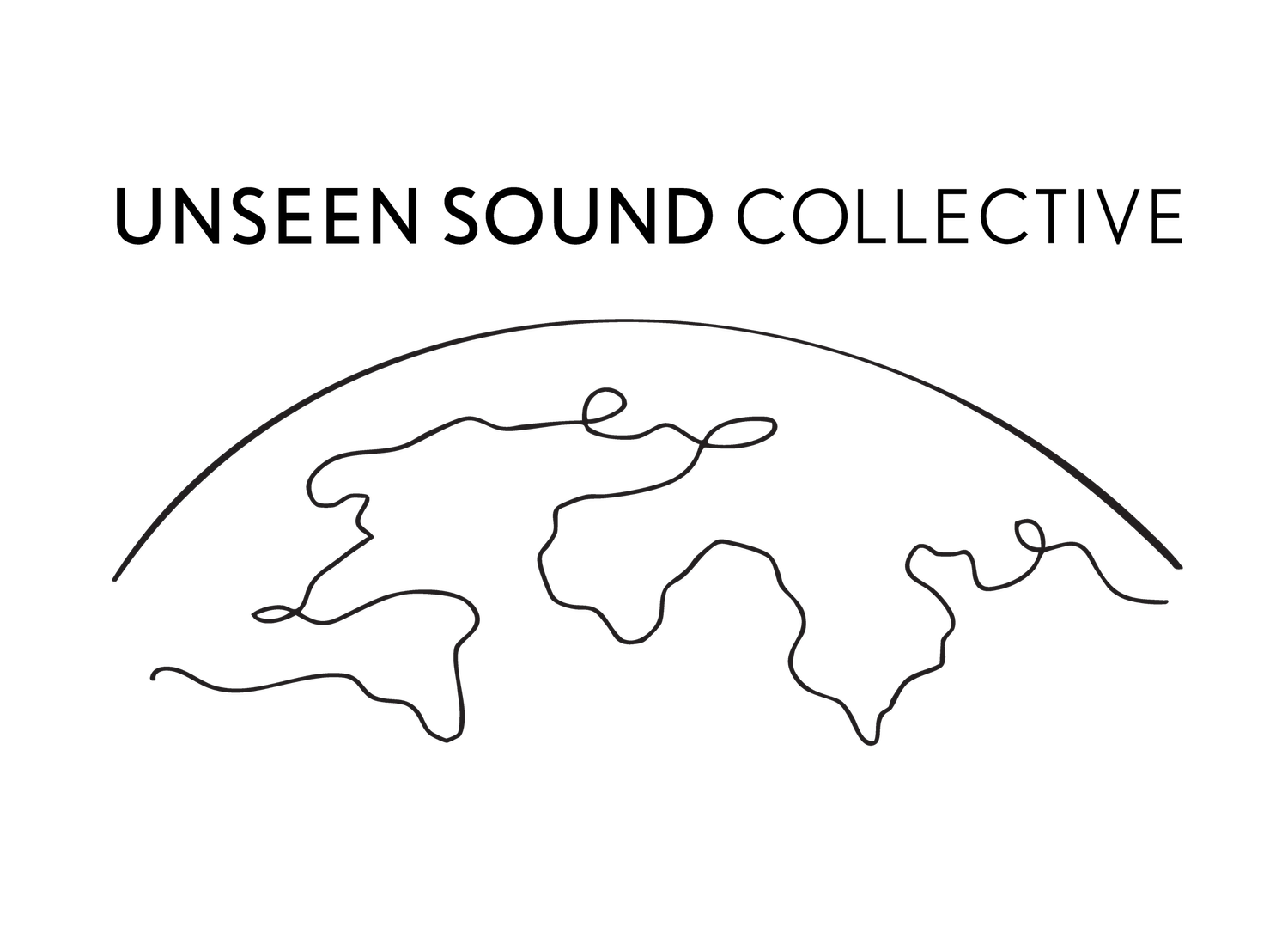Understanding the Biofield Anatomy Map: A New Way to Read the Energy Body
What if your energy field held a map — not just of who you are now, but of the life you’ve lived, the patterns you’ve inherited, and the emotional imprints still waiting to be released?
That’s exactly what the Biofield Anatomy Map offers: a way of understanding how past experiences, emotions, and even ancestral patterns are stored in the energetic field that surrounds and interpenetrates the body — also known as the biofield.
What Is the Biofield?
The biofield is a term used to describe the subtle energy that surrounds and flows through our bodies. While science is still catching up in fully defining it, many healing traditions — ancient and modern — have long recognised this energy as central to wellbeing.
In Biofield Tuning, tuning forks are used to interact with this field, helping to locate areas of congestion, incoherence, or stagnation — energetic imprints that often reflect unresolved emotional experiences or stress.
The Map Behind the Method
The Biofield Anatomy Map was developed by Eileen Day McKusick, a pioneering researcher, author, and founder of Biofield Tuning. After working with thousands of clients over decades, Eileen noticed consistent patterns in where specific emotions and memories showed up in the energy field — and how tuning fork vibrations changed in response. From this, a detailed and intuitive map of the biofield emerged.
Her groundbreaking work has helped bridge the gap between sound therapy and energy medicine, bringing structure and clarity to what was once invisible.
A Map of Your Lived Experience
The Biofield Anatomy Map shows how different areas of the energy field correspond to different aspects of a person’s life:
Left side of the field: Related to the past, including memories, upbringing, family patterns, and inherited beliefs.
Right side of the field: Related to the future — your goals, fears, expectations, and the energy you project forward.
Front of the body: Associated with giving — how we express, offer, and extend ourselves outward in life, whether through love, effort, creativity, or care.
Back of the body: Linked to receiving — our capacity to take in support, love, rest, recognition, or abundance, and how safe we feel doing so.
Each area of the field also holds emotional resonance — for example, the area around the hips often relates to security and stability, while the chest region may reflect grief or unexpressed love.
How This Map Supports Healing
When a tuning fork encounters an area of dissonance in the field, it creates a feedback loop. The sound may shift in tone or vibration, reflecting the emotional quality of the energy. Through gentle sound and intention, this incoherence can be brought into greater harmony.
Clients often experience this as a sense of release, insight, or a shift in their inner emotional landscape — sometimes subtle, sometimes profound. By bringing awareness and balance to what has been stuck or hidden, we open space for deeper clarity, relaxation, and healing.
A Complement to Your Inner Work
The Biofield Anatomy Map doesn’t replace emotional or psychological work — rather, it complements it. It provides a non-verbal, intuitive way of connecting with what’s beneath the surface and supports integration of the changes you’re making on all levels: physical, emotional, and energetic.
Whether you’re working through trauma, navigating transitions, or simply seeking to feel more aligned in yourself, this subtle yet powerful approach offers a new dimension of support.
Curious to explore your own biofield?
Biofield Tuning sessions are available online or in person (location-dependent). If you’d like to know more or book a session, I’d love to hear from you.
